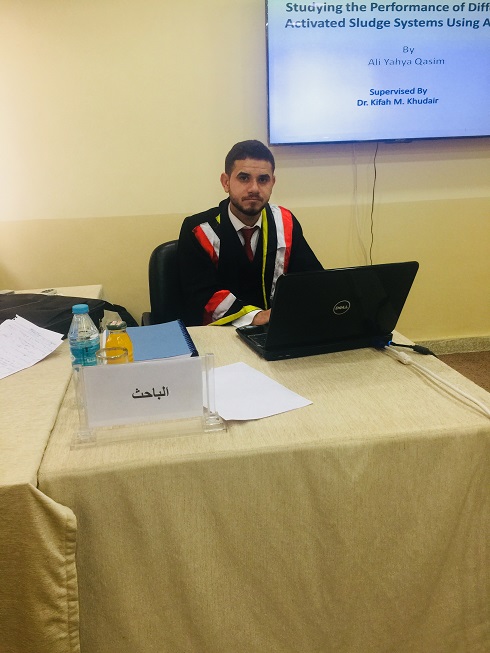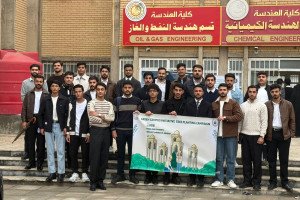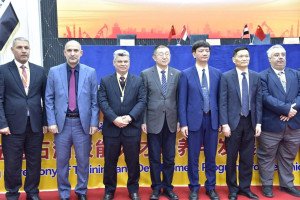A master’s thesis at the College of Engineering at the University of Basrah examined (studying the performance of different activated sludge systems using the activated sludge model-1) by the student Ali Yahya Qassem.
The thesis dealt with the study of the performance of five activated sludge systems (the traditional system, contrasting ventilation system, phased feeding system, extended ventilation system, fully mixing system) by means of a mathematical simulation of the interactive processes that occur in the aeration tank using ASMI. Sanitation, hydraulic residence time, circulation ratio and ventilation energy to unit volume ratio. The performance of the systems was evaluated based on the percentage of chemical oxygen requirement (COD) removal, COD values and dissolved oxygen of the external flow, in addition to the amount of organically nourished bacteria.
Simulations were conducted using the characteristics of wastewater passing through a sedimentation process in Hamdan Wastewater Treatment Plant (the main wastewater treatment plant in Basrah city). The results of the simulation were verified by comparing them with the results of previous studies and the field data collected in this study. Basrah province
The results of the study indicated that the COD values of the outflow from all the studied activated sludge systems decrease and thus the percentage of COD removal increases with the increase of the hydraulic residence time and the ratio of the ventilation energy to the unit volume. Therefore, for a specific wastewater composition and within the range of the values of the studied recycling ratios for each system, ASMI applications showed that the COD removal rates are For the conventional system, the extended ventilation system, and the fully mixed system, it ranges within the ranges of (94.1-63.88)%, (93.98-88.48)%, (92.54-59.47)%, respectively.








